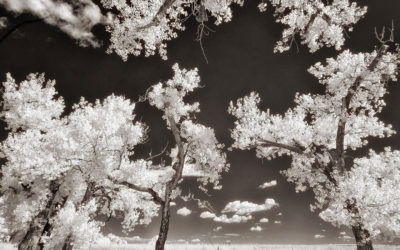Saving the World one pixel at a time
Blog
Talking with Your Portrait Subjects
My Sunday series on outdoor portraiture continues today with a portrait of Natasha. She is a sweet, young model who I was lucky enough to photograph at one of the group model shoots that were hosted by the late Dave Hall in Phoenix, Arizona.
Image Formats: Hip to be Square
In a recent podcast that I made with my pal Barry Staver and we were talking about how he was enjoying shooting with a Panasonic Lumix GH5. He told me that as he = shoots more video footage for his clients he is also shooting more still images using a horizontal format.
Lighting Ratios: How Important For Portraiture
Recently, in addition to my Sunday series on outdoor portraiture, I’ve been featuring more portrait-oriented posts and, so far, people seem to like it. So today…
Capturing Barr Lake Trees in Infrared
If you’re a regular reader of this blog, you know I like photographing trees. I even wrote a post about this passion— “A Tree is a Tree is a Tree.” The only think I like better that photographing and writing about photographing trees is photographing tree in infrared.
Protected: Shooting Outdoor Glamour with a Legend
Password Protected
To view this protected post, enter the password below:
Wheels Wednesday: Motocross Bikes in the Rain
The infinite monkey theorem states that a monkey hitting random typewriter keys for an infinite period of time will type the complete works of William Shakespeare. That perfectly describes my attempts to photograph motocross riders in the rain.




